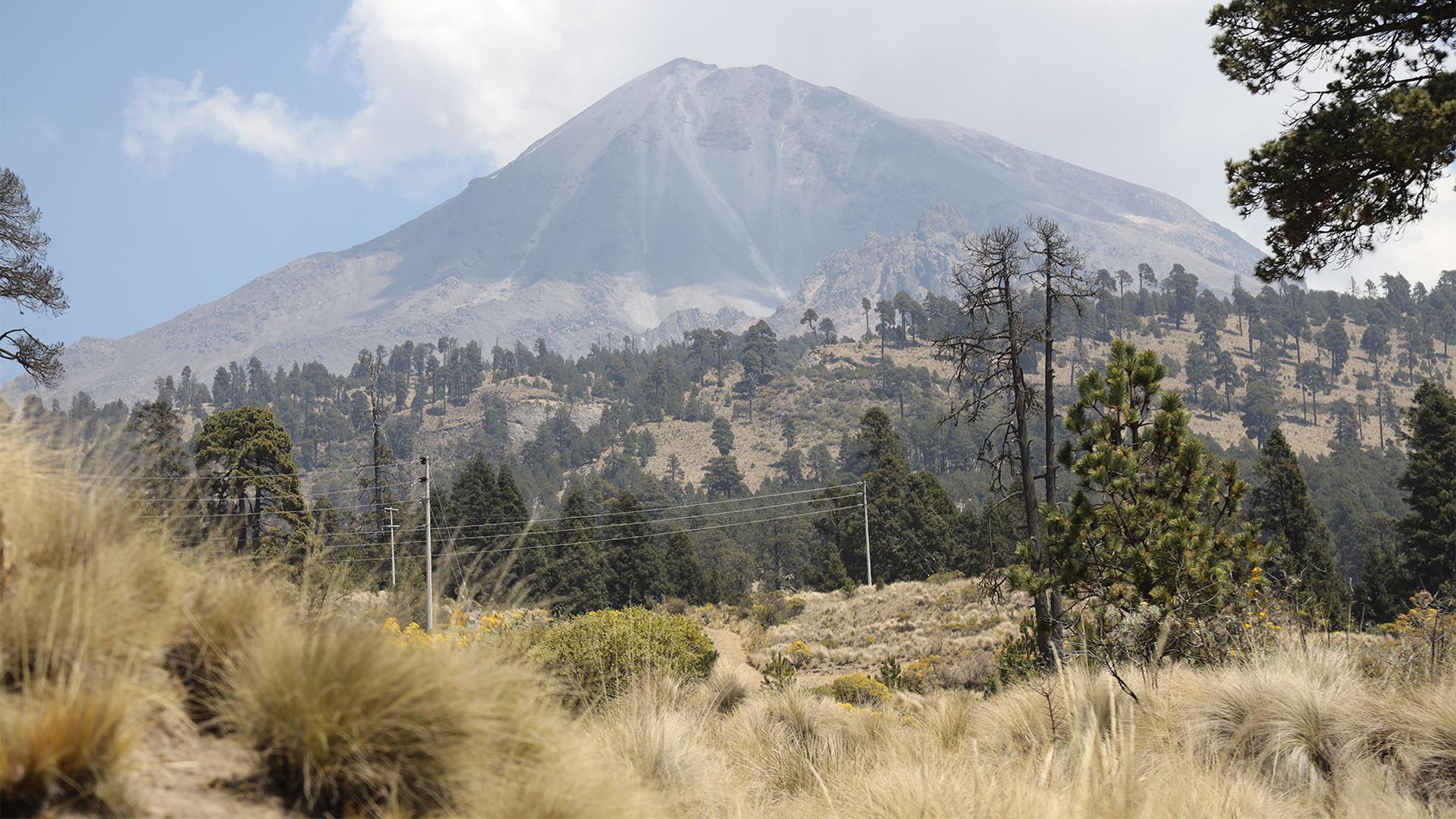As Mexico’s last glaciers melt, communities that depend on mountain springs scramble to find solutions
Just a few decades ago, as many as 14 different glaciers covered the top of Mexico’s tallest mountain — Citlaltépetl or Orizaba peak — in a permanent white shield. But not anymore.
The areas where the glaciers used to reach down are still visible. There’s a clear delineation on the mountainside where the shrub tundra vegetation gives way to a landscape of gray rocks that once laid beneath packs of snow and ice.
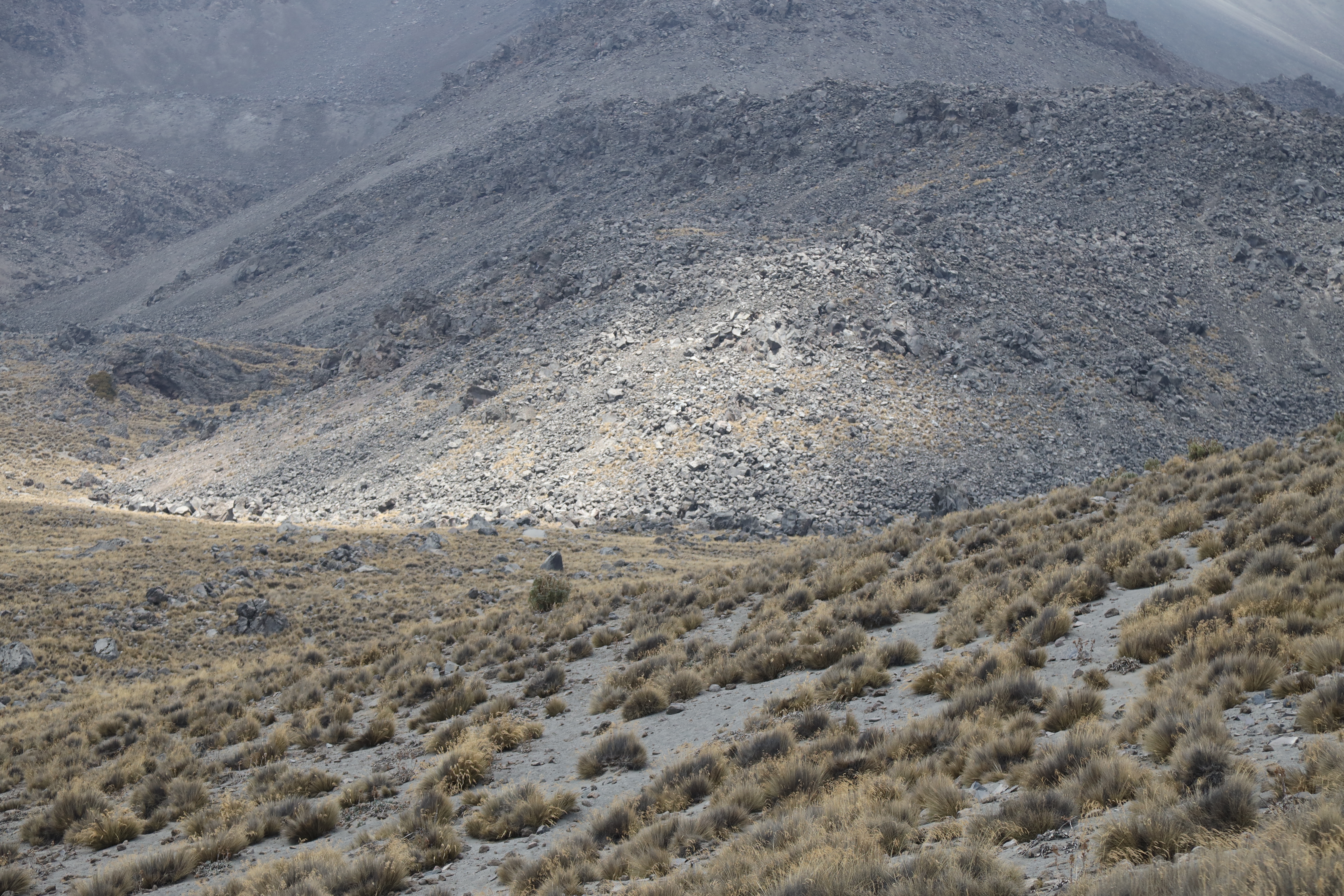
Today, there’s only one glacier left in this area. It’s called Jamapa. And scientists say that as much as 60% of it has melted. Until recently, experts estimated that it had maybe just 40 years left. But now, they say it will disappear within the decade.
It’s not just a sad, symbolic mark of the march of time and climate change. It also has practical implications. Rivers and streams there are fed by glacial runoff, and that fresh water is decreasing.
“The possible disappearance in the next 10-15 years puts the population that depends on this water in serious danger,” said Carlos Welsh, the coordinator of the Center of Earth Sciences at the University of Veracruz. “Not just because of the loss of the glacial runoff, but for the rising temperature and the decrease in precipitation that’s happening in the region.”
Related: Indigenous communities score victories against two mining projects in Mexico
Ricardo Rodríguez Demeneghi, a local guide and former mountaineer at Orizaba, said he’s summited the mountain some 300 times. He’s been on training exercises as director of the Red Cross’ Mexican alpine school and while preparing for trips to the Himalayas and up Argentina’s Aconcagua — the tallest peak in the Americas.
Up the side of the mountain — just down from the Orizaba Peak National Park — Demeneghi pulled over on the side of the road at the edge of an old aqueduct that used to carry water down to the populations living below. Today, it’s dry, crumbling and overgrown with vegetation.
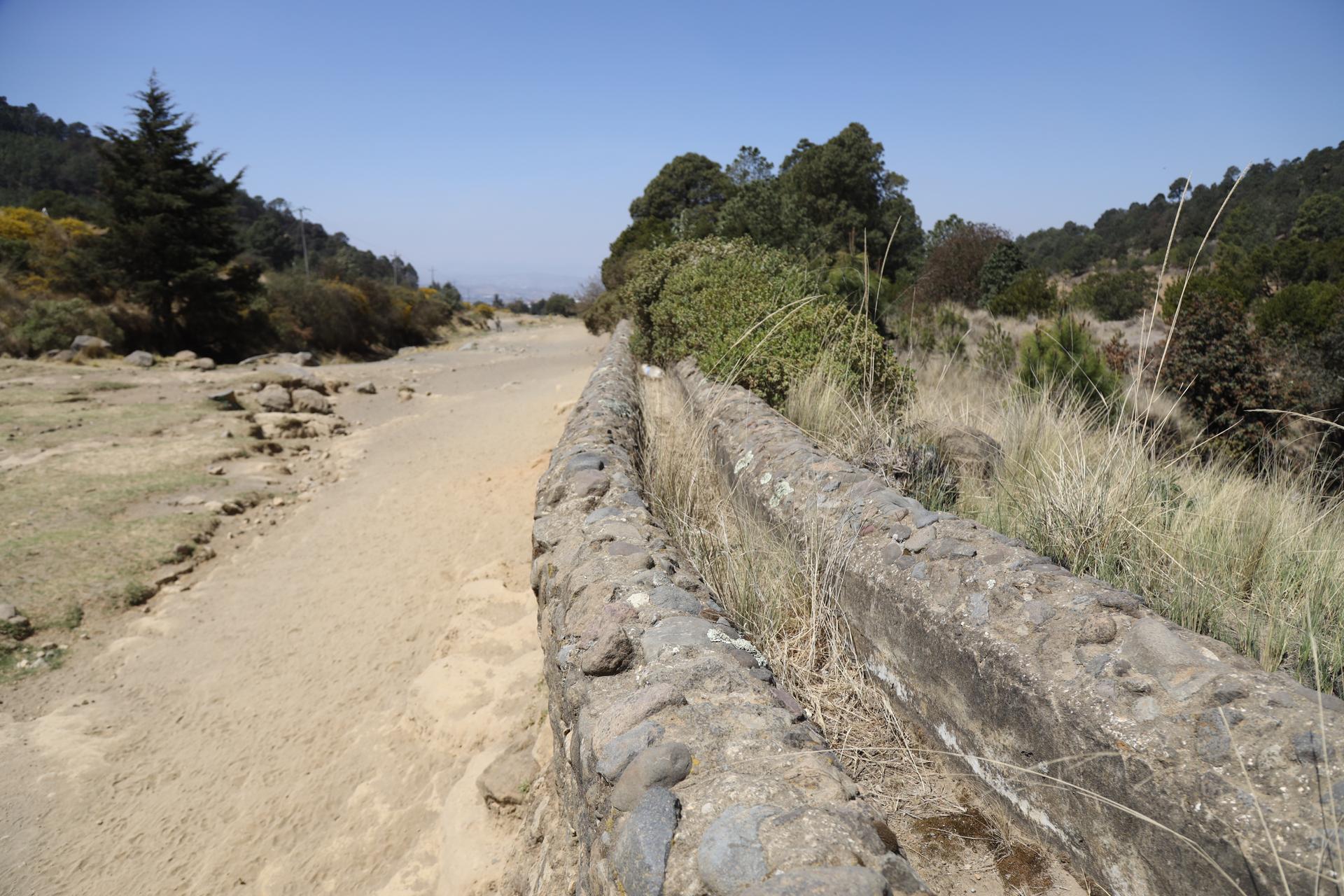
Further down the road is a dried riverbed.
“This river always had water, although it decreased [at] certain times of the year. Now it’s a dried river. It only has water during the rainy season.”
“This river always had water, although it decreased [at] certain times of the year,” he said. “Now, it’s a dried river. It only has water during the rainy season.”
That’s a problem for the villages and towns on the southern side of the volcano that get much of their water from springs up the mountain. There isn’t always enough to go around.
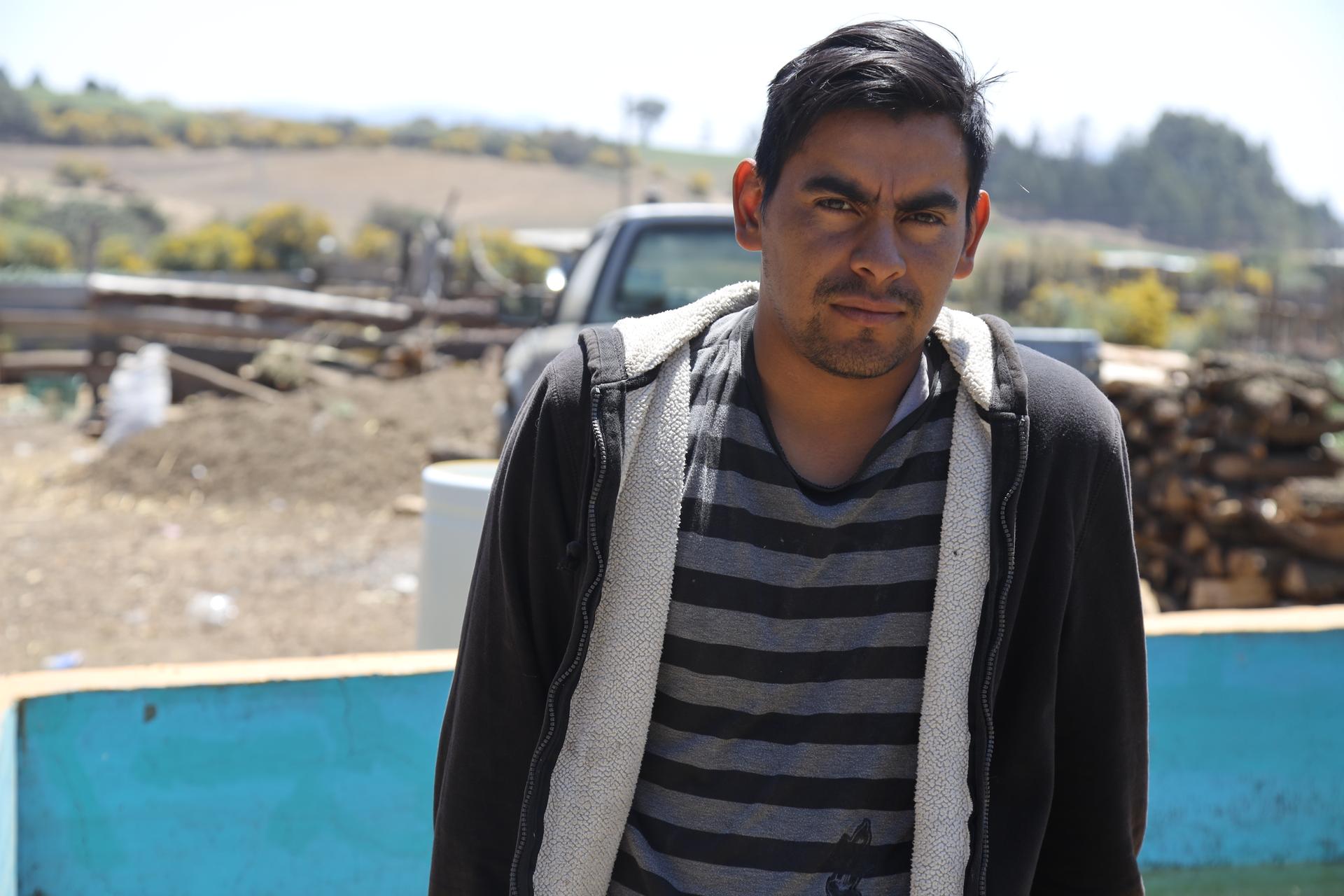
During the dry months, they’re only allotted around 60-70 gallons of water every eight days.
“Yeah, I’m concerned about what may happen over time,” he said. “But we’re doing our best to conserve the little water we have.”
It’s the same story 20 minutes south, in the town of Atzitzintla. In the local Indigenous language Náhuatl, the name means “the place of the little rivers.” But that’s not the case anymore.
Today, residents only have water once or twice a week for a couple of hours at a time. During that time, they have to fill up their water tanks. And if that’s not enough, they purchase water trucked in from a nearby town — something they will likely have to rely more on in the future.
Climatologists say glaciers across the planet are melting much faster than expected, impacting drinking water supplies from the Himalayas to the Andes mountains. In a report by Nature, an international weekly journal of science, it states that an estimated 1.9 billion people will be affected by lower snowpack and melting glaciers as the climate warms.
Related: Desalination brings fresh water — and concern — to an Indigenous village in northern Mexico
But that’s not the only factor pushing Orizaba’s glacier toward extinction. The volcano, once covered in pine forests, is pockmarked by fields where crops are grown and sheep graze. A 2014 report states that in a 25-year period, Orizaba lost 87% of its vegetation.
Demeneghi said that authorities turn a blind eye to this deforestation even though it’s illegal.
“If we lose the forest, we lose the glacier.”
“If we lose the forest, we lose the glacier,” he explained.
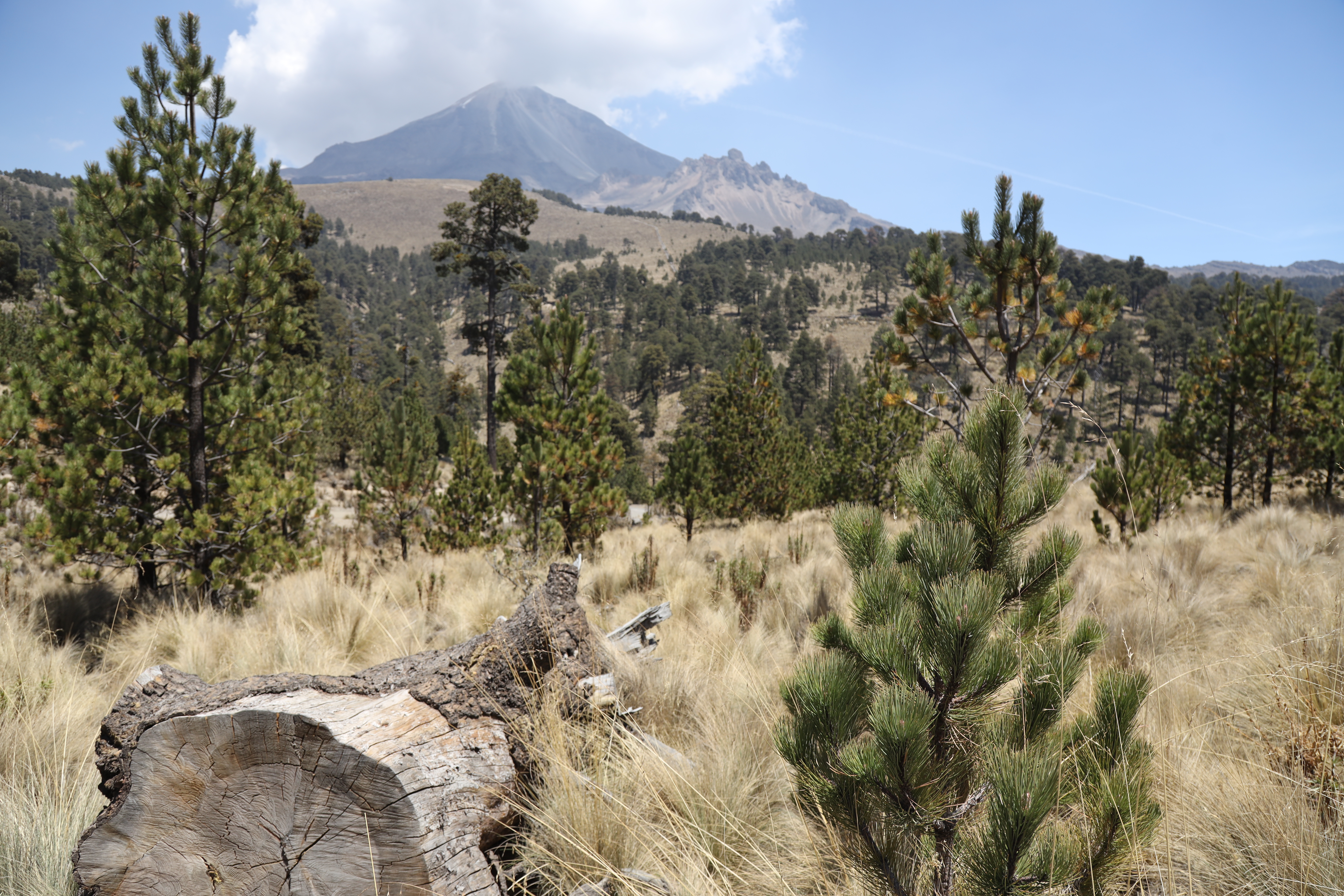
That’s because the forests help keep the mountainside cool; trees help condense and capture moisture from wet clouds traveling from the Caribbean coast.
Decades ago, Demeneghi founded the organization Save Orizaba Peak, which helped to reforest an area on the volcano.
Eight years later, they can see the results. The area is thick with conifer pines, some about Demeneghi’s height, some reaching far higher. Young saplings sprout up in between. The temperature is remarkably cooler than the surrounding land.
Together with local communities, and the national park, Save Orizaba Peak planted 5 million trees and built hundreds of miles of fire lines to help control potential wildfires.
It was a big success — an example of how local communities can adapt to a changing climate. That is, until private funding ran out, governments changed and the COVID-19 pandemic hit.
Related: Russians and Ukrainians attempt to flee to the US through Mexico
The loss of vegetation on Orizaba peak, the decreasing rain and the melting of the glacier there is also having a tremendous impact far away.
The Jamapa river begins as runoff from the Jamapa glacier and runs 174 miles downstream until it pours into the Gulf of Mexico. The river is essential for roughly 1.5 million people who use it for drinking water, irrigation and fishing.
But according to Carlos Welsh from the University of Veracruz, melt-off from the Jamapa glacier is already 30% lower than just a decade ago.
“This river has decreased 60% over the last 15 years,” small farmer and water activist Enedino González said in late March, speaking from the edge of the Atoyac River, which runs into the Jamapa river. “It’s putting at risk people’s lives and our ability to irrigate crops and access drinking water.”
Down where the Jamapa river empties into the ocean, fishermen are having a harder time finding fish. Saltwater from the Caribbean has been detected 5 miles upstream, threatening coastal communities and their ability to use the Jamapa for drinking water or irrigation.
“We have to put respect for nature at the center of our lives.”
“We have to take action,” said Emilio Zilli Debernardi, a former assistant director of Veracruz University who started the organization Volcano to the Ocean to bring residents together from across the 28 municipalities in the Jamapa River basin.
“We have to fill the Jamapa river basin with trees. We have to let them grow. We have to put respect for nature at the center of our lives,” he said.
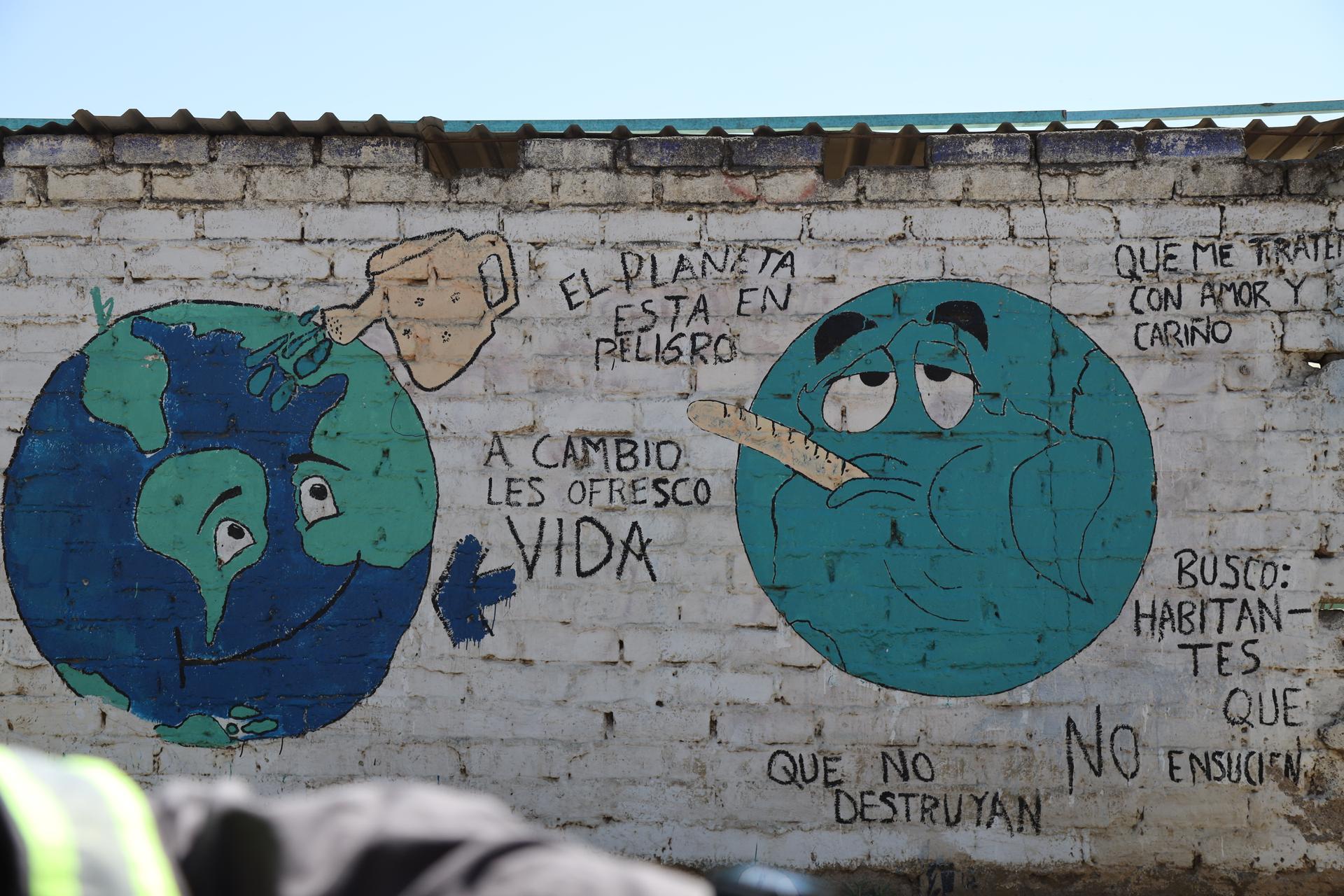
Zilli takes groups of students and adults out several times a week to visit the Jamapa river and its tributaries up — to witness, firsthand, the impacts of the shifting climate, and to discuss how to respond to it in their own communities.
As Mexico’s last glaciers continue to melt, there’s no going back. But local environmentalists like Gonzalez and Demeneghi said that they hope that, with education and action, they can help to mitigate the damages and soften the inevitable blow.
“It seems like we are in a clear process of extinguishing our species,” Zilli said. “It’s clear that there is knowledge. It’s clear that there is consciousness. But what we really need to do is take actions to confront global warming. And, we have to start with ourselves, our families, our neighborhoods, our regions, our states — and strengthen public policies.”
